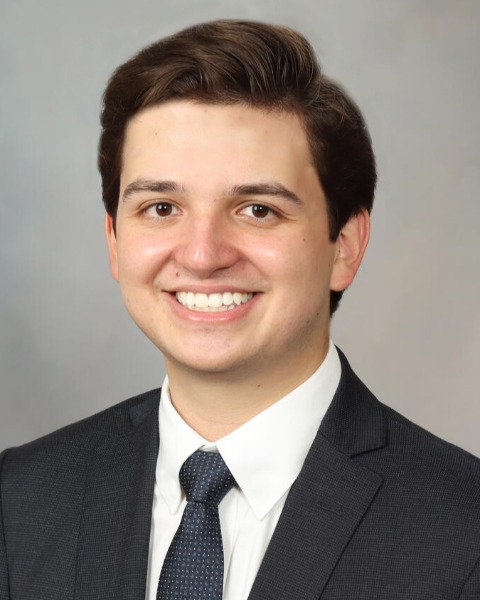Adult Cardiac
Category: Scientific Abstract: Oral/Poster
Long-term Stroke and Mortality Risk in Nonagenarians Following Transcatheter Aortic Valve Insertion
F. Miguel. Juarez Casso1, M. Singh1, B. Lewis1, G. Sandhu1, A. Arghami1, P. Rowse1, G. Bagameri1, J. Crestanello1, K. L.. Greason2
1Mayo Clinic, Rochester, Minnesota 2Mayo Medical Center, Rochester, Minnesota
1Mayo Clinic, Rochester, Minnesota 2Mayo Medical Center, Rochester, Minnesota

Fernando Miguel Juarez Casso, MD (he/him/his)
Post-doctoral Research Fellow
Mayo Clinic
Rochester, Minnesota, United States
Presenting Author(s)
Disclosure(s):
Fernando Miguel Juarez Casso, MD: No financial relationships to disclose
Purpose: Limited data exist on the long-term outcomes of transcatheter aortic valve insertion (TAVI) in nonagenarian patients. The purpose of this study was to investigate the relationship between patient baseline comorbidity/frailty and the long-term outcomes of stroke and mortality.
Methods: We performed a retrospective analysis on 187 consecutive nonagenarian patients who underwent TAVI from 2009 to 2020. Multivariable models were used to assess the association between stroke and all-cause mortality with baseline comorbidities, STS predicted risk of mortality, and frailty measures of five-meter walk test, KCCQ-12 score, KATZ activities of daily living, and albumin. A biological age model was created using the variables. Long-term survival was also compared to an age- and sex-matched US population.
Results: The median STS predicted risk of mortality was 10% (IQR, 7-17%). Frailty was met in 72% of patients based on the five-meter walk test, 13% based on KCCQ-12 score, 12% based on KATZ activities of daily living, and 8% based on serum albumin levels. Valve types inserted were balloon-expandable in 161 (86%) patients, self-expanding valve in 25 (13%), and mechanically expanded in 1 ( < 1%). Arterial access was percutaneous transfemoral in 106 (57%) patients, open access transfemoral in 47 (25%), transapical in 29 (16%), transaortic in 4 (2%), and transcarotid in 1 ( < 1%). Procedure-related stroke occurred in 8 (4%) patients and mortality in 3 (2%). The median duration of follow-up was 3.3 years during which 147 (79%) patients experienced death or stroke (death only in 132 patients, stroke and death in 12, and stroke only in 3). Multivariable analysis showed that the combined endpoint of stroke or mortality was not associated with any of the baseline variables (all P>0.05) (Table). Biological age was not associated with the combined endpoint of stroke or mortality (HR 1.02; 95% CI, 1.0-1.04; P=0.068). One- and five-year survival rates in TAVI-treated nonagenarians were similar to age- and sex-matched controls (P=0.13) (Figure).
Conclusion: Long-term stroke or death is independent of STS-predicted risk of mortality and frailty risk variables in this nonagenarian patient population who received TAVI. Furthermore, survival is similar to age- and sex-matched controls.
Identify the source of the funding for this research project: None
